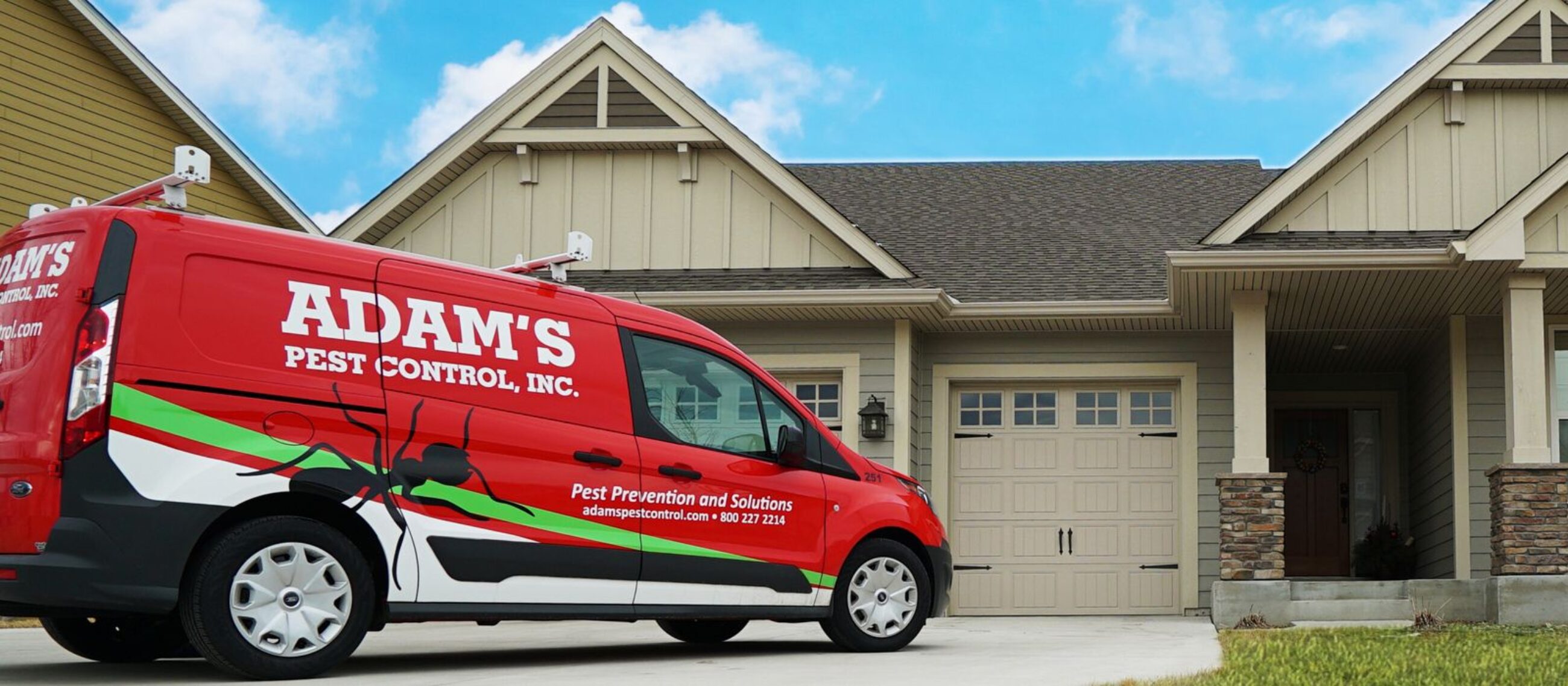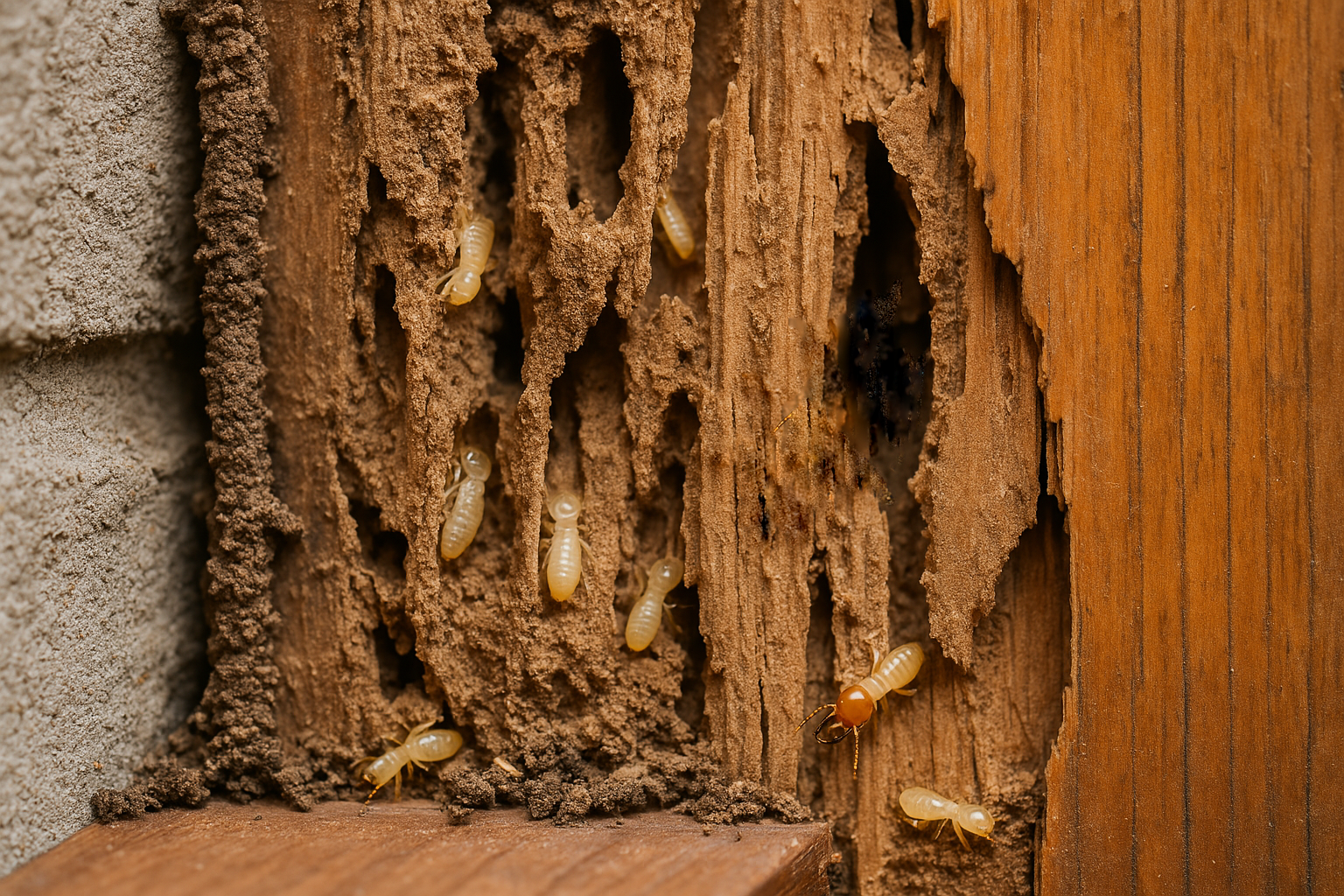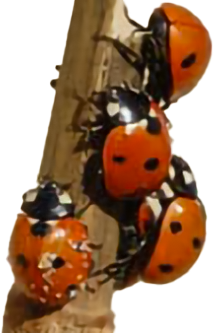Stop carpenter ants before they cause damage—learn how to prevent infestations and protect your home with year-round solutions from Adam’s Pest Control.
Centipedes are among the more unsettling pests to find in your home. Get expert insight from Adams Pest Control on identifying and managing centipede infestations.. With their long, segmented bodies and dozens of fast-moving legs, they have a creepy appearance that can easily make your skin crawl. It’s natural to feel alarmed when you spot one scurrying across the floor or up a wall. But the real question many homeowners ask is, “Are centipedes actually dangerous?” The answer is more nuanced than a simple yes or no. While centipedes do possess venom and use it to subdue their prey, they are generally not harmful to humans. Bites from centipedes are rare and typically only occur if the insect feels threatened or is handled. Even then, their bite usually causes mild irritation similar to a bee sting. However, the presence of centipedes often signals underlying issues, such as excessive moisture or other insect infestations. If centipedes are making regular appearances, it may be time to consult Adam’s Pest Control.
What Does a Centipede Look Like?
A centipede is an arthropod from the class Chilopoda. These insects are long and have several pair of legs along the side of their bodies and long antennae at the top of their heads. What many people assume is that the centipede has 100 legs, but they don’t! A centipede can have as few as 30 legs or more than 350, depending on the species and the age of the insect. Depending on the species of centipede, this insect can grow as long as 12 inches. Fortunately, the centipedes creeping around your Minnesota home are no more than an inch or so in size.
Dangers of Centipedes
Most centipedes are venomous, but not all. The centipede has special front limbs that have glands on them that are full of venom. The centipede uses its venom to stun their prey. Fortunately for you, the venom in a regular house centipede is not strong enough to have the same effect on humans. The legs in the front are not strong enough to pierce human skin, so they don’t pose a threat to you. However, small children and the elderly may experience adverse reactions. For others, a bite from a centipede feels more like an ant bite or a bee sting.
If a centipede bites you, you may experience discomfort, itching, and pain at the site for a couple of days. If you have an allergic reaction, seek emergency care.
How to Prevent Centipedes
You don’t want a centipede showing up in your shower or scurrying across your floors. Here are effective centipede prevention tips to help keep these creepy crawlers out of your home:
🏡 Home Sealing & Maintenance
Seal cracks and gaps: Use caulk or weather stripping around doors, windows, baseboards, and where pipes enter the home.
Install door sweeps: Ensure there are no gaps under exterior doors.
Repair leaks: Fix plumbing issues that cause moisture—centipedes are drawn to damp areas.
💧 Control Moisture
- Use a dehumidifier: Especially in basements, bathrooms, and crawl spaces.
- Ventilate properly: Use exhaust fans in kitchens and bathrooms to reduce humidity.
- Check for standing water: Remove trays under houseplants and avoid overwatering.
🧹 Declutter & Clean
Reduce clutter: Centipedes like to hide under piles of boxes, clothing, and paper.
Vacuum regularly: Clean corners, baseboards, and under furniture to remove hiding spots and insects they feed on.
Clean drains: Especially in showers, sinks, and tubs—moisture and food debris attract bugs that centipedes eat.
🕷️ Remove Their Food Source
Control other pests: Centipedes eat insects like ants, spiders, cockroaches, and silverfish. Reducing these bugs will reduce centipedes.
Use insect monitors: Sticky traps help identify if you have other pest issues feeding the centipede population.
🌳 Yard Maintenance
It can be difficult to prevent or to get rid of centipedes because they hide in the dark areas of your home. If you have a wet basement, a leak in your home, or poor ventilation in your bathroom, you are attracting centipedes. You can maintain your home and prevent centipedes by dealing with the conditions that are drawing them into it in the first place. Centipedes feed on smaller insects in your home, so treating their food source with professional pest control services is a two-for-one. Call Adam’s Pest Control to get rid of centipedes and the pests they feed on in your home.
Image of a Centipedes





